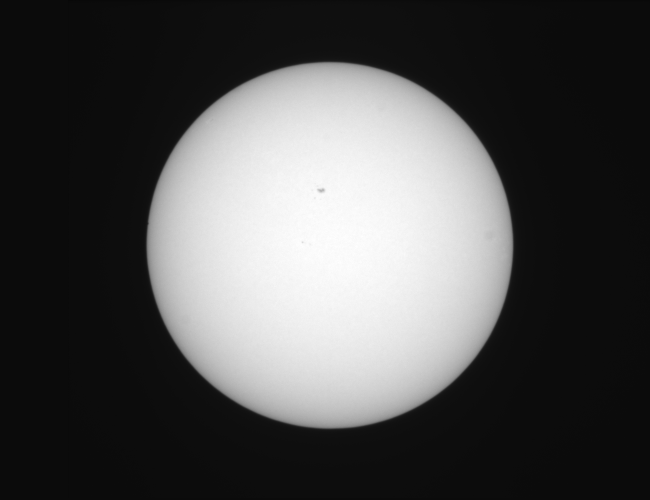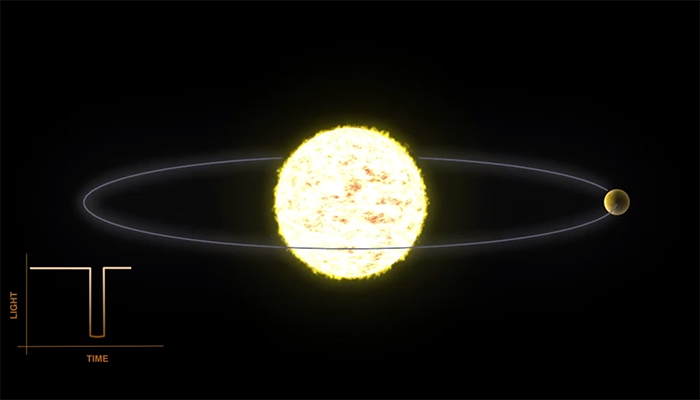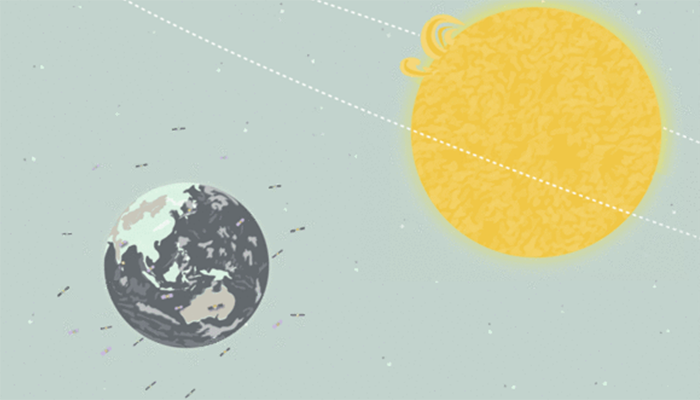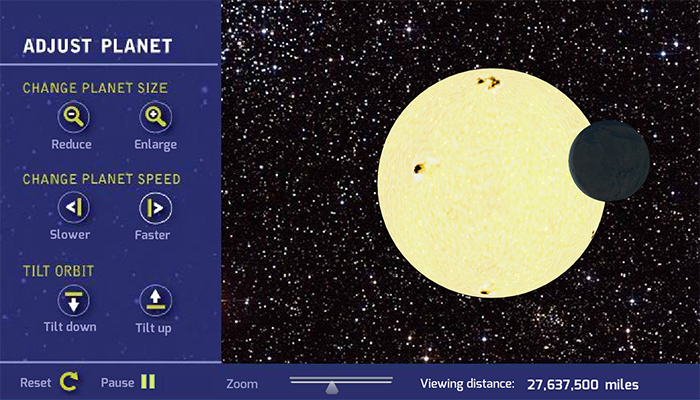Reto del MicroObservatorio del Tránsito de Mercurio
El 9 de mayo de 2016, el hemisferio occidente observó el tránsito de Mercurio por el sol.
El próximo 11 de noviembre de 2019, Mercurio pasará de nuevo frente al sol. Prepárate para seguir y monitorear el tránsito usando las imágenes del telesopio del MicroObservatorio.









